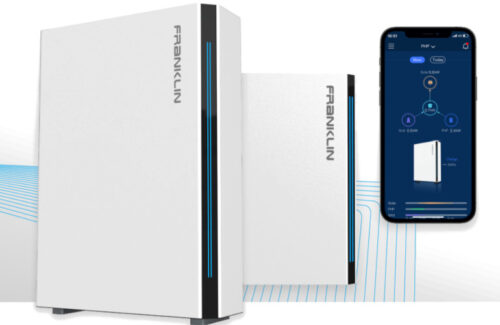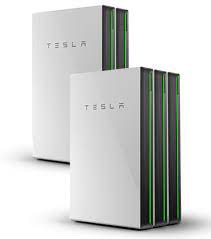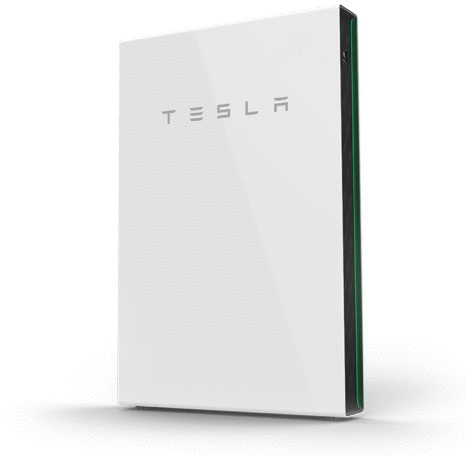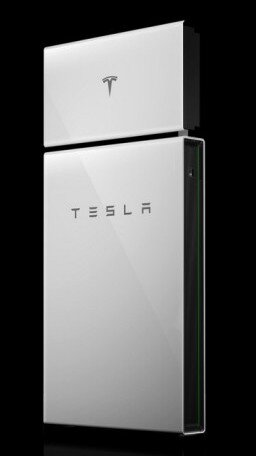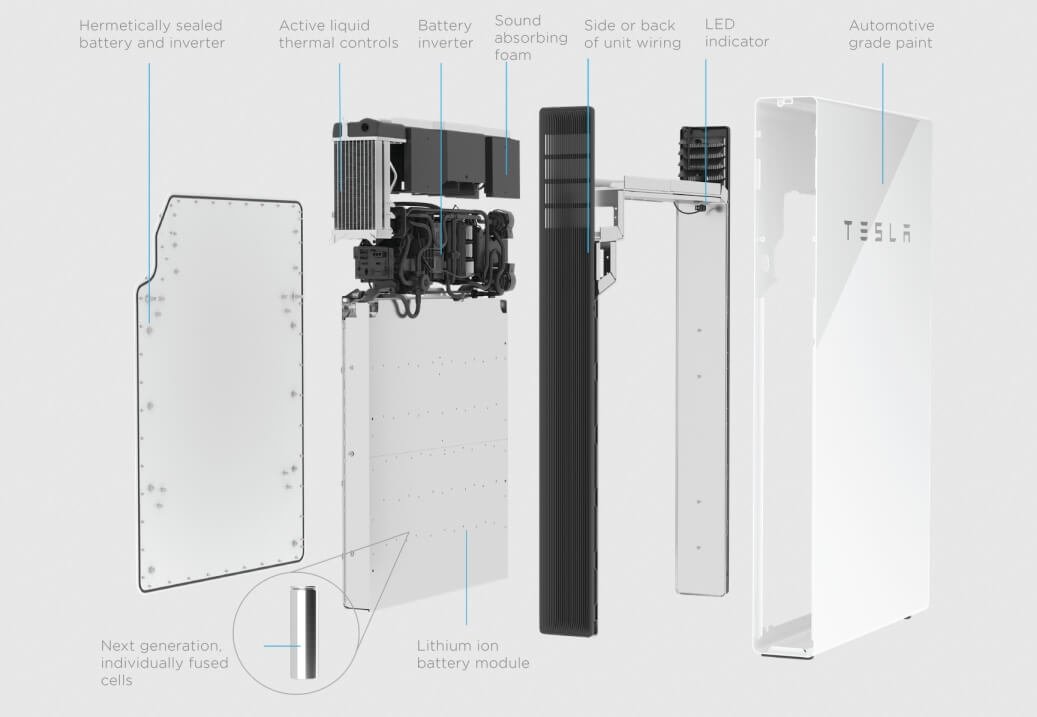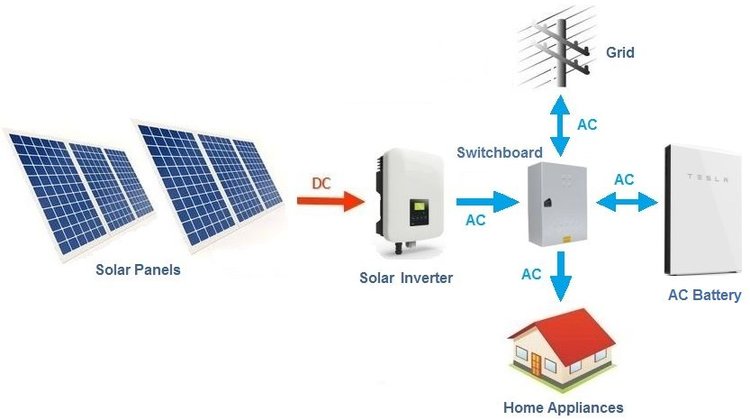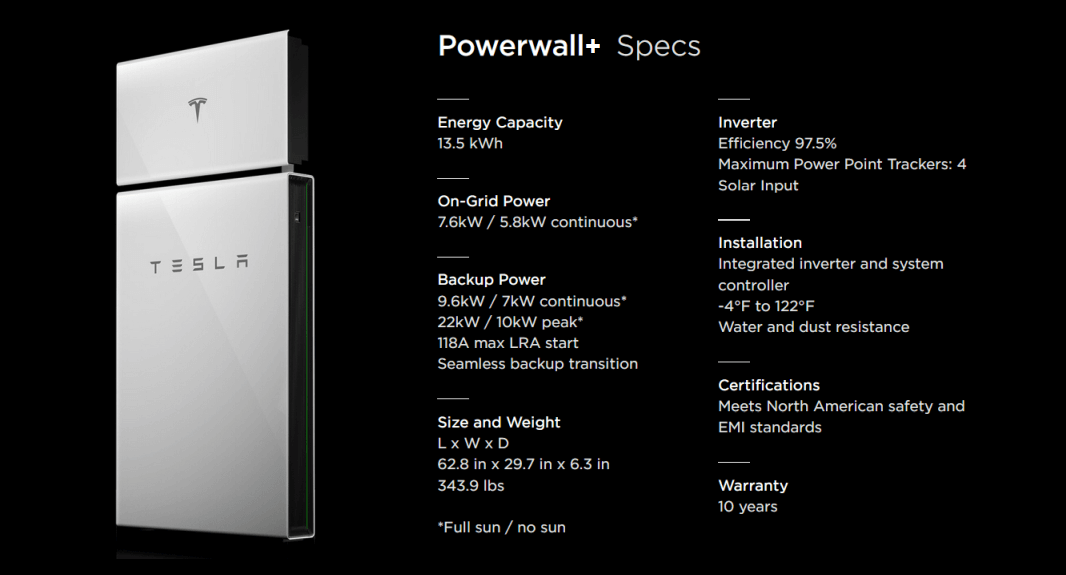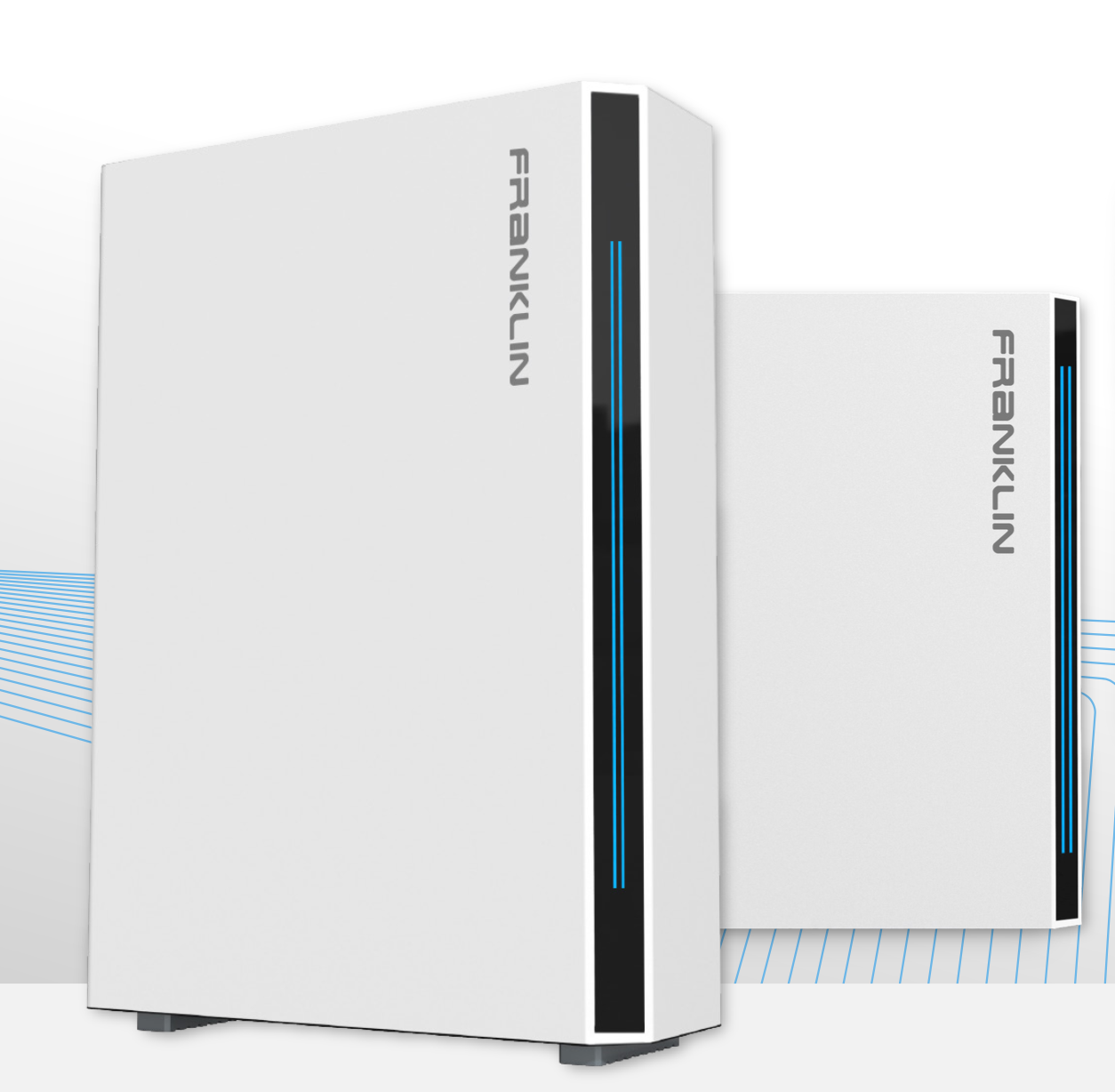
Description
FranklinWh 15Kw Full Home Battery Backup - Reliable Power Solution for Your Home (Franklin Home Power Solution (“FHP”))
The FranklinWh 15Kw Full Home Battery Backup is the ultimate solution for uninterrupted power supply in your home. This powerful battery backup system provides up to 15 kilowatts of continuous power, ensuring that your home remains fully operational during power outages or emergencies. The FranklinWh 15Kw Full Home Battery Backup is designed for long-lasting durability and reliability, with high-quality components and cutting-edge technology. The battery backup system features advanced safety features, including overcharge protection and short-circuit protection, ensuring that your home and family are always safe and secure. The FranklinWh 15Kw Full Home Battery Backup is easy to install and operate, with a simple interface that allows you to monitor and control the system with ease. The system is also highly efficient, with a high energy conversion rate that ensures maximum power output and minimum energy waste. With the FranklinWh 15Kw Full Home Battery Backup, you can rest easy knowing that your home is always protected and that you have a reliable source of power during emergencies or power outages. Whether you live in an area prone to natural disasters or simply want the peace of mind that comes with having a backup power source, the FranklinWh 15Kw Full Home Battery Backup is the ideal choice for your home.FEATURES
Reliable Exceeds performance standards, backed by 12-year warranty Scalable Highest system density allows up to 15 units for 204 kWh1 Hassle-Free Remote monitoring and user-friendly app limits O&M Flexible Technology-agnostic system can be used with any solar inverter Simplified Pre-assembled for fast, easy one-step installationSPECIFICATIONS
Energy Capacity Range (kWh):13.6-204 Aggregate Throughput :43MWh Product Warranty: 12 Years No. Mmodules: 1-15 Battery Type :Lithium Iron Phosphate Manufacturer (Brand): FranklinWH Nominal Voltage: 120V/240V, 60Hz


